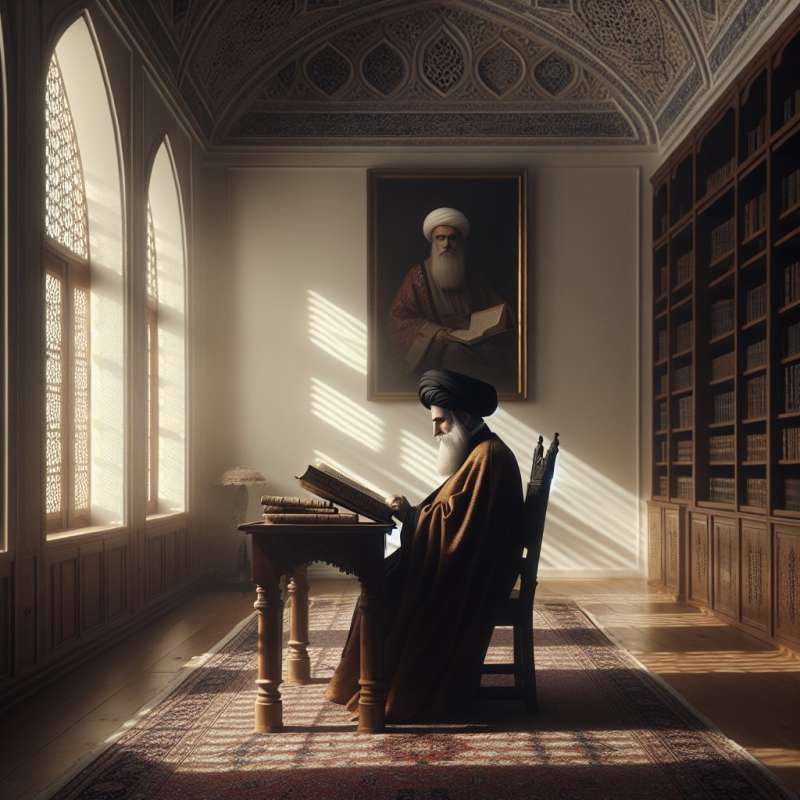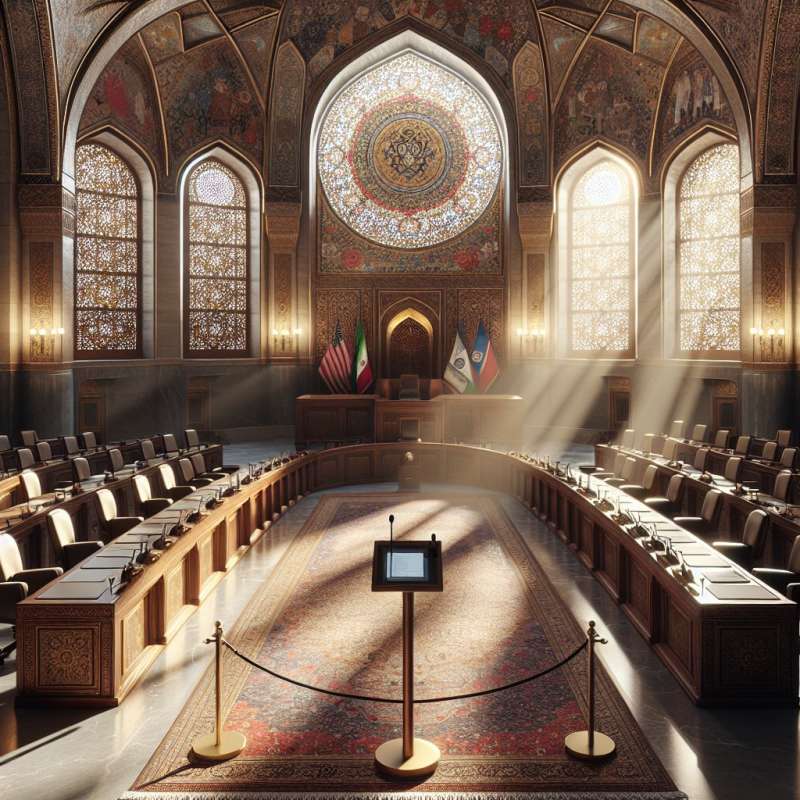
Iran's Theocratic Republic
Iran is a theocratic republic where the Supreme Leader holds the highest state authority. The position, currently held by Ali Khamenei, oversees the military, judiciary, and media.
Velayat-e Faqih Principle
Iran's governance is based on 'Velayat-e Faqih', giving a jurist or faqih guardianship over the people. This principle underpins the political, judicial, and religious sectors.
Elected President's Role
The President, elected every four years, manages the executive branch but has less power than the Supreme Leader. President Ebrahim Raisi who was elected in 2021 died in a helicopter crash in May 2024.
Majlis: Legislative Power
Iran's unicameral parliament, the Majlis, drafts legislation, ratifies international treaties, and approves the national budget. Its 290 members serve four-year terms.
Guardian Council's Authority
The Guardian Council, consisting of 12 members, vets election candidates and can veto Majlis legislation. It plays a crucial role in maintaining Islamic governance.Iran's Secret Shadow Government
Iran has a parallel government called the 'Deep State,' which wields significant influence over national security, economy, and intelligence.
Who holds the highest state authority in Iran?
The President
The Supreme Leader
The Majlis Speaker
Company